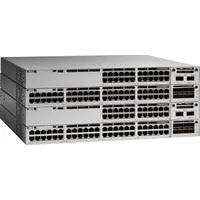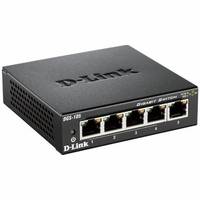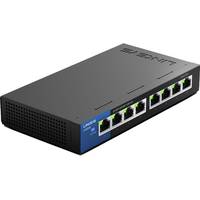Cisco Nexus 3548 - Switch - L3 - Managed - 48 x 1 Gigabit / 10 Gigabit SFP+ - back to front airflow - rack-mountable
Price Tracked On This Product
Highest price was seen £19,292.97 on 18 Jun 2024
Lowest price was seen £18,469.97 on 29 Aug 2024
Average price is £18,621.26 base on 20 price changes
Most recent price is £18,474.97
[[{"meta":"17 Jul 2024","value":18829.97},{"meta":"18 Jul 2024","value":18754.97},{"meta":"26 Jul 2024","value":18979.97},{"meta":"03 Aug 2024","value":19169.97},{"meta":"06 Aug 2024","value":19134.97},{"meta":"11 Aug 2024","value":19119.97},{"meta":"15 Aug 2024","value":19008.97},{"meta":"16 Aug 2024","value":18984.97},{"meta":"17 Aug 2024","value":18904.97},{"meta":"20 Aug 2024","value":18849.97},{"meta":"21 Aug 2024","value":18767.97},{"meta":"22 Aug 2024","value":18737.97},{"meta":"23 Aug 2024","value":18624.97},{"meta":"24 Aug 2024","value":18603.97},{"meta":"27 Aug 2024","value":18514.97},{"meta":"29 Aug 2024","value":18469.97},{"meta":"10 Sep 2024","value":18653.97},{"meta":"14 Sep 2024","value":18614.97},{"meta":"17 Sep 2024","value":18494.97},{"meta":"19 Sep 2024","value":18474.97}]]
Description
Cisco Nexus 3000 Series SwitchesThe Cisco Nexus 3000 Series Switches are a comprehensive portfolio of 1 10 and 40 Gigabit Ethernet switches built from a Switch-on-a-Chip (SoC) architecture. Introduced in April 2011 this series of switches provides line-rate Layer 2 and 3 performance and is suitable for Top-of-the-Rack (ToR) architecture. This series of switches has established itself as a leader in High-Frequency Trading (HFT) High-Performance Computing (HPC) and big data environments by pairing high performance and low latency with innovations in performance visibility automation and time synchronization. Hitless Network Address Translation (NAT)In many financial trading environments trade orders must be sourced from the IP space of the provider requiring NAT at the border between networks. The Cisco Nexus 3500 platform can perform NAT for IPv4 unicast routed packets without incurring any additional latency. The Cisco Nexus 3548-X and 3524-X Switches introduce multicast NAT to the platform’s capability. Customers hosting co-locations will find this feature useful in simplifying their network topologies and concealing details of their data centers. Latency monitoringWhen nanoseconds matter switch latency monitoring is essential to your company’s profitability. The Cisco Nexus 3548-X and 3524-X enable users to finely control their environments to increase network performance. Customers can identify latency on a specific egress port through the Command-Line Interface (CLI) and export this information to a file. The programmability of the Cisco Nexus 3548-X allows users to use this information in real time. Active buffer monitoringEven on the lowest-latency switches data packets can incur a millisecond or more of latency during periods of congestion. Today’s switches do not adequately inform administrators about the presence of this congestion leaving them unaware and hindered in their ability to address the conditions causing suboptimal performance. Previous buffer utilization monitoring techniques were based entirely on software polling algorithms with polling intervals higher than 100 ms which can miss important congestion events. In contrast Algo Boost accelerates the collection of buffer utilization data in hardware allowing sampling intervals of 10 ns or less..
You may also like
loading
Discover more























































